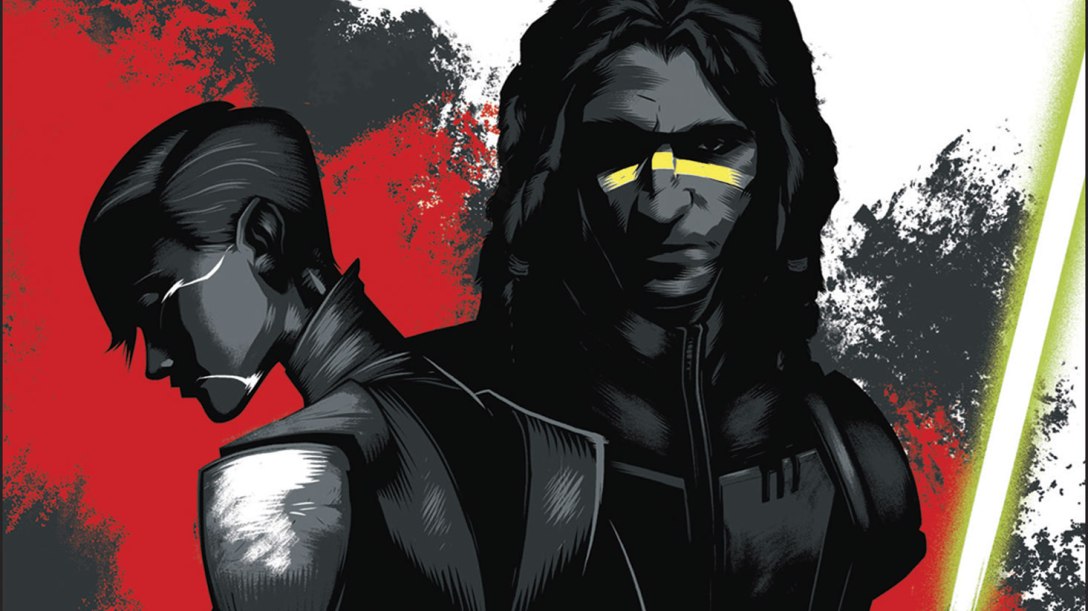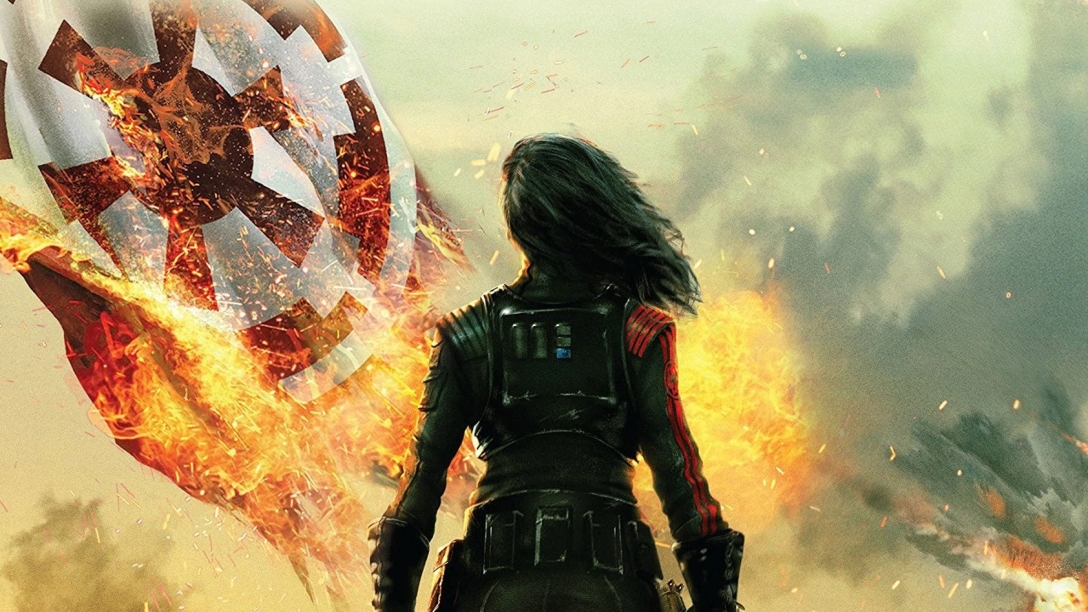This article was originally published on TatooineTimes.com
The Clone Wars was an incredibly beloved animated series when it was canceled in 2013. Fans were devastated, but there was still hope! A series of Lost Missions was released as a shorter final (at the time) season, some animatics of unfinished episodes were uploaded, and even an arc featuring Darth Maul and Mother Talzin was adapted into a comic from Dark Horse. Arguably the coolest thing, however, was when Del Rey announced that they would be releasing a novel adapting eight unmade episodes of The Clone Wars titled Dark Disciple.
Dark Disciple comes from author Christie Golden and was released July 7, 2015. Golden had previously written Star Wars novels for the Legends series Fate of the Jedi, so she was no stranger to the galaxy. Taking place years into the Clone Wars and after the evil Sith Count Dooku pushed a Separatist attack that lead to the genocide of the Mahran, the Jedi Council is forced to make an incredibly intense decision: assassinate Dooku. Discussing how the Sith will never stop, a plan is put forward to send one of their own Jedi to take him out. Jedi Master Quinlan Vos is the one chosen, as he often undertakes darker missions and seems to be a perfect fit for this job. Obi-Wan, however, mentions another, one whom he has tangled with before that will be necessary to take out the Sith Lord: Asajj Ventress.
The novel follows the meeting and partnership between the rogue-ish Jedi and the ex-Sith assassin as they come together to attempt something neither of them expected the Jedi to do. The catch, however, is that Vos is not supposed to let Ventress know who he is or what his true mission is. Of course, nothing ever goes as planned when dealing with someone as cunning as Ventress. As the two of them start to form a genuine relationship together, they must decide just how far they are willing to go to destroy the Sith once and for all.
I’m not going to beat around the bush here. Asajj Ventress is my favorite Star Wars character, hands down, along with the Clone Wars being my favorite era, so this novel is written for me. I absolutely adore villain redemption stories and the way Ventress left the Sith and slowly became a better person was always amazing. Christie Golden does an incredible job pushing that story arc even further in Dark Disciple. She also beautifully writes Quinlan Vos who at the time was a barely fleshed out character. There’s a handful of characters from The Clone Wars that are also featured throughout the novel, and the best ones she brings in are definitely Anakin and Obi-Wan. The way she writes those two is literally perfect and, as a massive fan of the prequel era, their interactions and dialogue feel like home. Golden’s voice for this book really feels like you’re watching a bunch of episodes of The Clone Wars … it’s so much fun.
For as much as I love this book, and I do love this book, I can’t say it’s completely without fault. The issue with adapting episodes of The Clone Wars for Dark Disciple is that the pacing is occasionally a little off. At times, it feels like certain parts of the story are a little bit rushed or even skip events to get to the “good stuff” the way that the animated series often did. Whereas this can work for a sprawling TV show, I would have liked more of a slower pace to fully explore the story and characters in this format. The biggest part that deserved more time to unfold is the romance plotline between Vos and Ventress throughout the story; it often feels like it comes out of the blue since we don’t get enough time to explore the characters together as the story, in my opinion, deserves. Neither of these were too negative to me, but they are definitely aspects that may not work for everyone.
One of the most interesting parts of Dark Disciple has got to be the moral discussion of right and wrong throughout the tale. Obviously, the Sith are bad and this war is harming so many people, but is it right to be as dark as the Sith and attempt an assassination plot? Following Vos’ exploration of the darker side of the galaxy while Ventress follows her own lighter side of things as she continues to not fall back into the dark side of the Force, makes for just an absolutely enthralling story. Not to mention seeing how the various Jedi react to, and discuss, the idea of an assassination ends up being really philosophically fascinating.
All in all, Christie Golden’s Dark Disciple is one of my absolute favorite Star Wars books. She nails the vibe of The Clone Wars, and her voice for the characters is pitch perfect—whether it’s the two protagonists Ventress and Vos, supporting ones such as Dooku or Anakin, or even brief appearances like General Grievous, she really knows how to write these characters as if they climbed right out of the show itself. I loved this book so much that I sought out more of Golden’s novels and she immediately became one of my favorite authors. This book is a fantastic and fitting end to Asajj Ventress’ story (for now) and really does her whole character arc throughout the entire saga justice.
I receive commissions for links in this post










